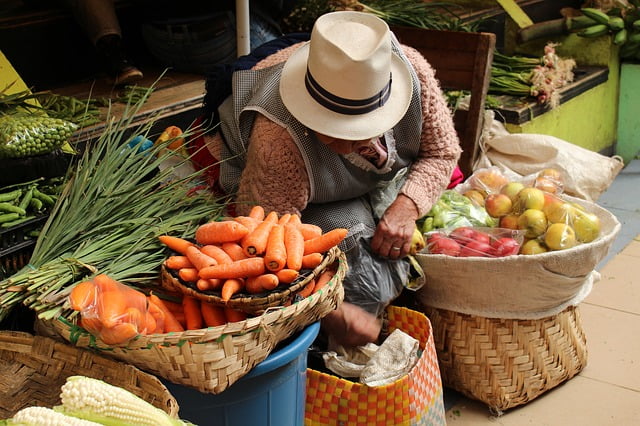We’ve heard a lot about how blockchain technology can help serve the unbanked and the underbanked by making microtransactions possible. But in the Western world, that often refers to a small minority. Yet according to global economist and Babson College Professor of Finance Dr. John Edmunds, in many parts of the world, we’re talking about the sweeping majority.
As a leading world economist, Edmunds has made a career out of studying and traveling to developing countries across continents. He says, “In some countries, only the top five percent of the income distribution, or even less, can really gain access to financial services to any significant degree. It is my belief that blockchain technology will activate large segments of the global economy that have never really been activated.”
So why, in 2018, are there people without access to bank accounts or credit? In some cases, distance is an issue. “People just live really far away [from banks],” he says. In other cases, it’s not only logistics that prevent people from gaining access, but the neighborhood they were born in or their physical appearance. “In some parts of South America, people who have indigenous facial features may walk into a bank and it’s really a short movie for that person.”
It’s not just that they don’t have access to a bank account. The real issue at hand is that they have “no access to credit during their entire life – that’s a horribly crippling disadvantage to face,” Edmunds acknowledges.
Microlending
Microlending in itself isn’t a new concept and has developed a mixed reputation, thanks to extremely high administrative costs and local loan sharks with questionable – even brutal – methods for recovering unpaid debts. “Currently to run, say, 50 loans with a $700 average is a full-time job. But if you do it with blockchain accounting, probably the administrative cost would be 90 percent less, or 99 percent, depending on how you do it.”
This would not be a threat to banks, as these are people who are not profitable enough for the current banking system to service. We’re talking about volumes of transactions that are too small to even hit the radars of today’s banks. “They can deal with the peak of the income distribution, as they always have,” Edmunds remarks.
Microtrading
When people have access to small amounts of credit, that opens up a world of possibility, and the opportunities are everywhere. Agriculture, for example, could be transformed in a way that would be much more beneficial to the individual seller and the market at large, cutting out middlemen and driving down costs.
“So, right now you end up with a shortage of onions in one place,” Edmunds explains, “and then 50 kilometers away, you’ve got another provider with so many onions he doesn’t know what to do with them. And they never find out.”
With blockchain technology and cryptocurrency, the size of the trade that would be economical to handle would become much smaller. “If you go into a bank and try to cash a check for one dollar they would laugh you out of the bank, but for some people a dollar is what they need.”
Is there one cryptocurrency that will rise above the rest to allow the developing world to climb out of poverty? There isn’t an easy answer to that question. “You have countries and other groups trying to put out their own cryptocurrencies, so the question is which one will be used.” With many people bypassing Bitcoin and Ether because of their slow speeds or expensive transactions, this is one area that’s still to be determined.

